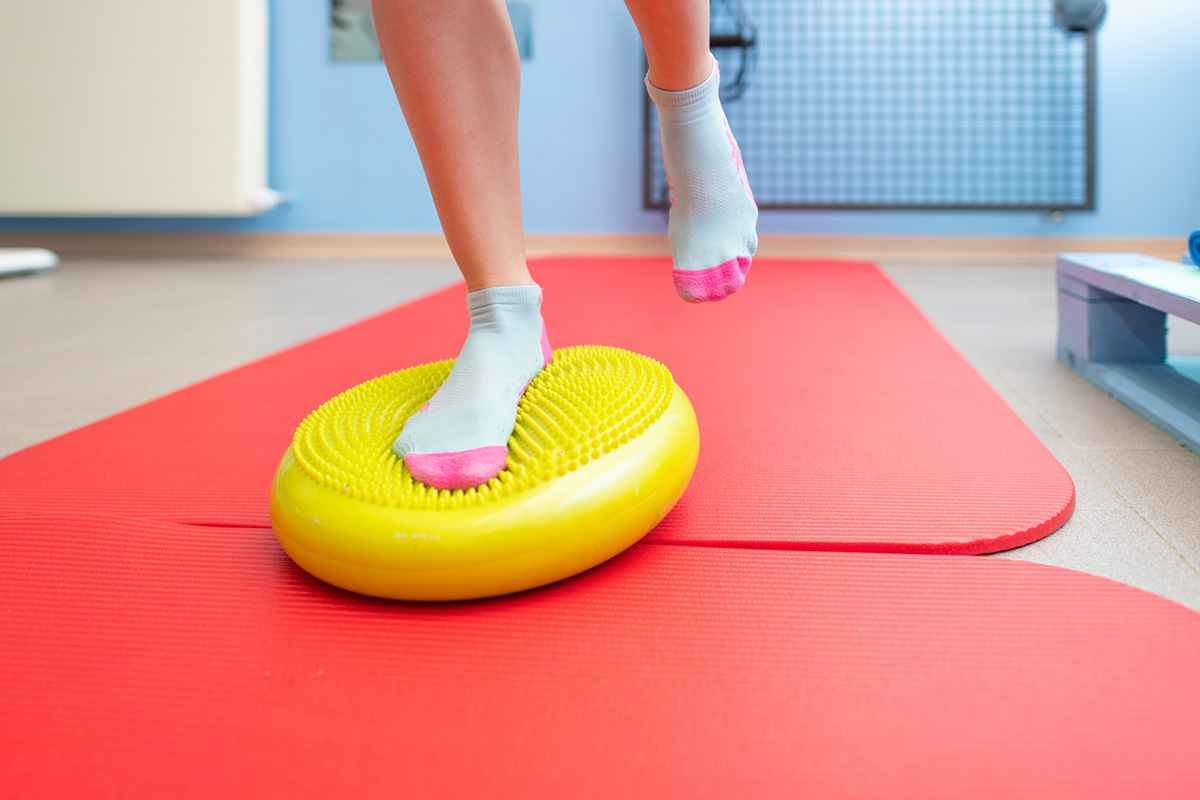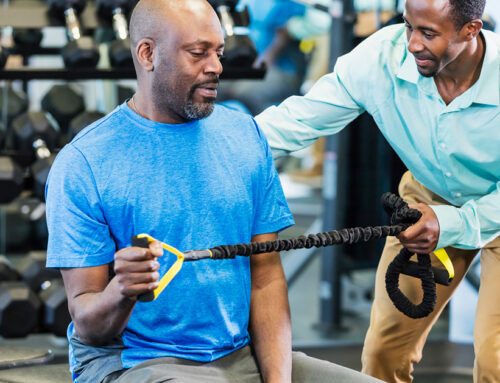The Impact of Joint Injuries on Proprioception and How to Rebuild It
By: Dr. Kevin McIntyre B.Kin., DC
Proprioception is a fancy term that refers to the perception or awareness of the position and movement of the body. It is an important function that we often take for granted and is typically impacted through sprain/strain injuries. Examples of common injuries that impact our proprioception include ankle sprains, knee sprains, wrist sprains, elbow sprains, shoulder sprains and rotator cuff injuries, whiplash, and lower back pain.
Obviously, this is not an exhaustive list; any joint that experiences an injury will experience some level of proprioceptive deficit. In my experience, I would have to add that aging also plays a role. My senior patients often show deficits in proprioception, and proprioceptive exercises should always be part of a home exercise program. Thankfully, proprioception can be trained and improved at any age.
Understanding Proprioception
Our ligaments and joint structures have sensory nerves that communicate with our brain. They send signals to our brain to tell it where a joint is when it moves. For example, you don’t have to stare at your elbow to get it to move to approximately ninety degrees. The sensory nerves in the joint tell the brain where the joint is in space, and the brain then sends a motor signal to the muscles to control the movement and arrive at the desired position. However, when we injure a joint, this whole proprioceptive mechanism becomes dysfunctional. The most classic example of this is after an ankle sprain. Many people blame their repeated ankle sprains on “bad ankles,” inferring that the ligament structures have been damaged so much that they don’t support the ankle effectively. This is not necessarily the case. Following joint injuries, the proprioceptive signal is not necessarily correct. Someone might think that their ankle is level and the foot is going to contact the ground perfectly, but it might not be perfectly flat, and the person lands on the outside of the foot again. This deficit is most easily observed when someone with a proprioceptive deficit tries to balance on one foot. They often have difficulty with this. A person with a recovering ankle sprain or a history of ankle sprains often shows “poor balance” on the affected side, yet they simply have not re-trained their motor control of the joint. Again, this deficit in proprioception can happen for several reasons and in various joints. Gymnasts might have repeated micro-injuries after a sprain because the proprioceptive control of the wrist has been altered, and the muscles are not controlling the joint perfectly when they return to training. Whiplash patients might find that turning and moving the neck is not as controlled or precise as it was pre-injury. This can perpetuate the cycle of pain and dysfunction.
Proprioception Exercises
Thankfully, proprioception can be easily trained and can improve with training. The most obvious example for lower limb joint injuries is to simply practise your one-foot balance (barefoot) on a hard floor in a safe environment. Once the balance seems easy, you can challenge the area further by closing the eyes, moving the joint (like a lunge) or moving a weight around the torso. For the elderly with poor balance, if done in a safe environment, balancing on one foot is a great way to assist in fall prevention and optimize the brain’s ability to stabilize the foot and ankle and allow a stable gait pattern.
Proprioceptive exercises are available for any joint in the body. If you’re experiencing chronic joint pain and believe that you might have a deficit in proprioception, give our clinic a call. We can help!








